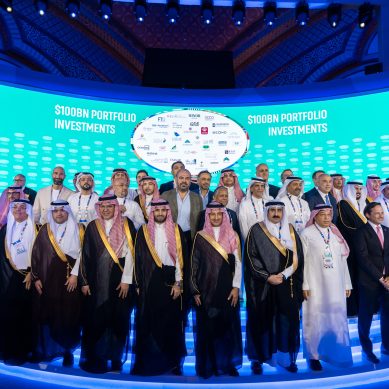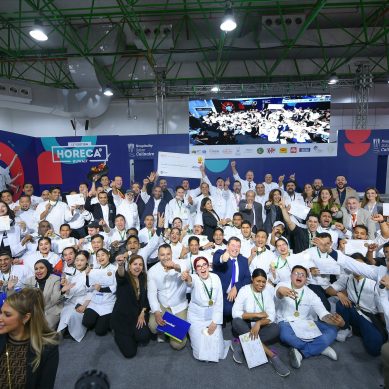Oman’s hospitality sector poised for growth in 2026 according to Cavendish Maxwell
According to the Cavendish Maxwell H1 2025 report, Oman’s hospitality sector performed strongly in 2025, thus providing a solid foundation for 2026. Moreover, rising guest numbers, higher revenues, and increased occupancy throughout 2025 signal that hotels are well positioned for next year’s growth.
Saudi Arabia emerges as a global tourism powerhouse
Saudi Arabia is rapidly becoming a major player in global tourism. Thanks to the ambitious Vision 2030 roadmap, the kingdom is transforming its hospitality, infrastructure and cultural offerings. Furthermore, an USD 800 billion investment plan and landmark giga-projects are attracting visitors worldwide.
SPICE Launches in Saudi Arabia to redefine restaurant funding across the GCC
SPICE has officially launched in Saudi Arabia introducing an innovative approach to restaurant financing designed to support sustainable regional growth.
World of Coffee Dubai 2026 announced from January 18 to 20, 2026 at the DWTC
DXB LIVE has announced the 5th edition of World of Coffee Dubai 2026, taking place from January 18 to 20, 2026, at the Dubai World Trade Centre. The event will span Za’abeel Halls 1, 4, 5, and 6, marking its largest footprint since launch.
Saudi MOT announces USD 113bn in investments to fast-track the future of tourism
Saudi Arabia’s minister of tourism, Ahmed Al-Khateeb, announces USD 113 billion in portfolio investments aimed to drive high-value tourism, technology, investment and sustainability partnerships.
Industry excellence and innovation on the agenda at HORECA Kuwait
Plans are well underway for the 14th edition of HORECA Kuwait, the country’s premier hospitality and foodservice event, which takes place from January 19 to 21, 2026, at Kuwait International Fair – Hall 8.
Gulfood 2026 opens from 26 to 30 January with a major expansion
Running from 26th to 30th January 2026, Gulfood will enter a bold new era shaping global food trade with unmatched scale. Moreover, with 8,500 exhibitors representing 195 countries across 12 sectors, the event will redefine where the global food industry advances.


















How AI cuts costs and predicts demand
Alexander Ponomarev, CEO of Syrve MENA, shares his perspective on how technology is revolutionizing the way eateries operate, optimize resources, and anticipate customer needs across the UAE.